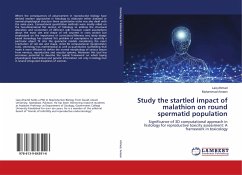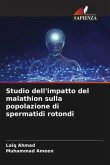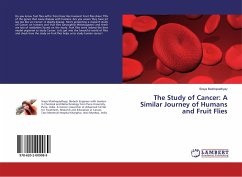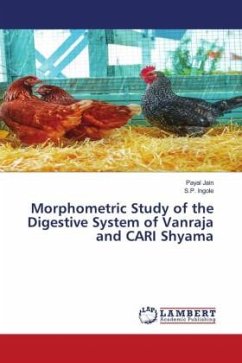Where the consequences of advancement in reproductive biology have devised modern approaches in histology to elaborate either diseased or normal physiological structure there quantitative niche was also dealt with the same pace. Conventional quantitative methods were mostly relied on the two-dimensional flat section of histology to address the structural alteration and connection of different cells however raised assumptions about the exact size and shape of cell counted in cross section but emphasized on the importance of corrections.Whereas very lately design based stereology has resolved this problem of assumptions to quantify a particular object fit into the geometric models considering the exact orientation of cell size and shape. Amid 3D computational morphometry tools, stereology has mathematical as well as quantitative scaffolding that made it more efficient to define the normal morphology of various tissues from nervous, reproductive and vascular systems. Moreover this tool has enormous potential to describe the spatial framework on which laying physiological, biochemical and genetic information not only in biology but in several integrated disciplines of sciences.








